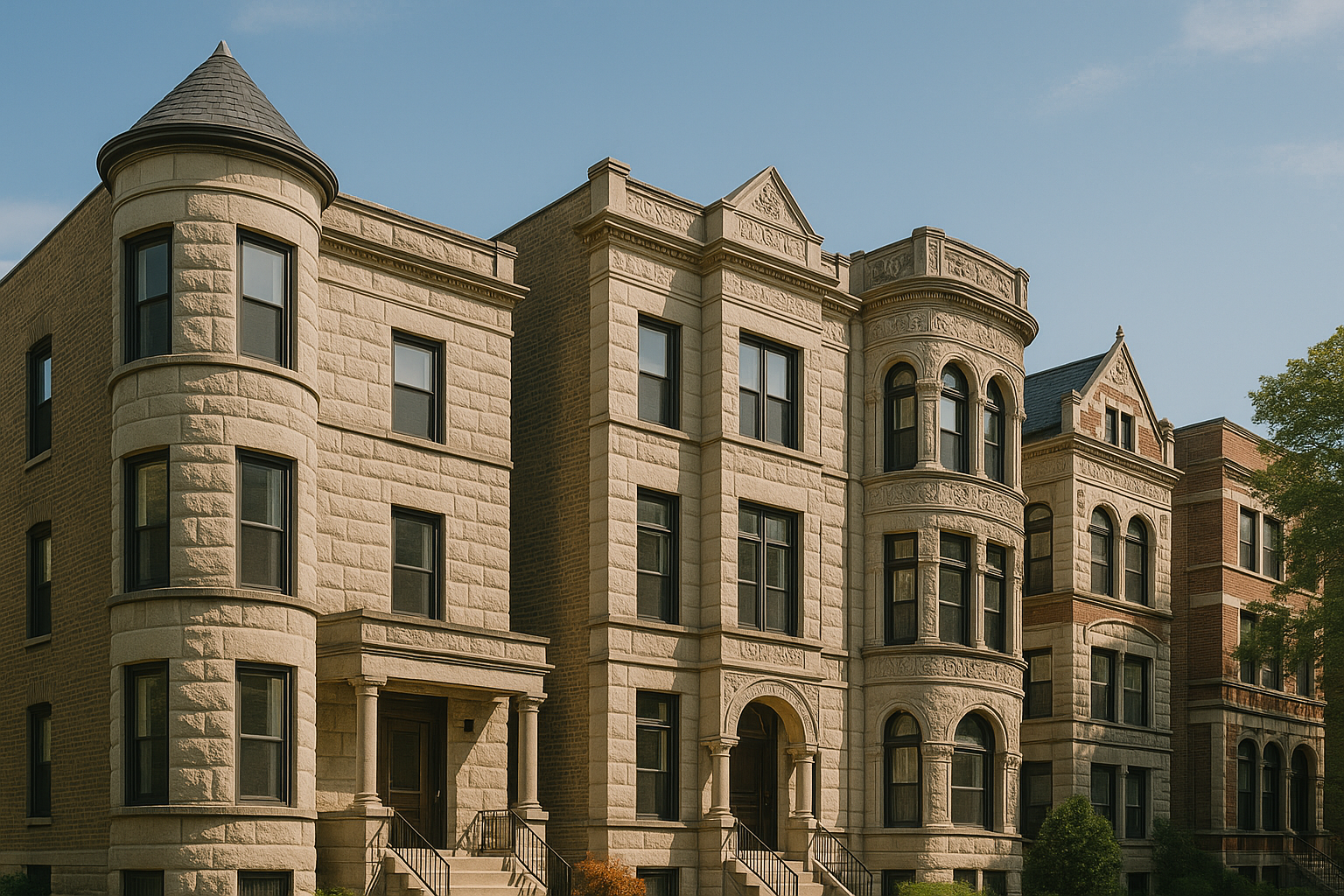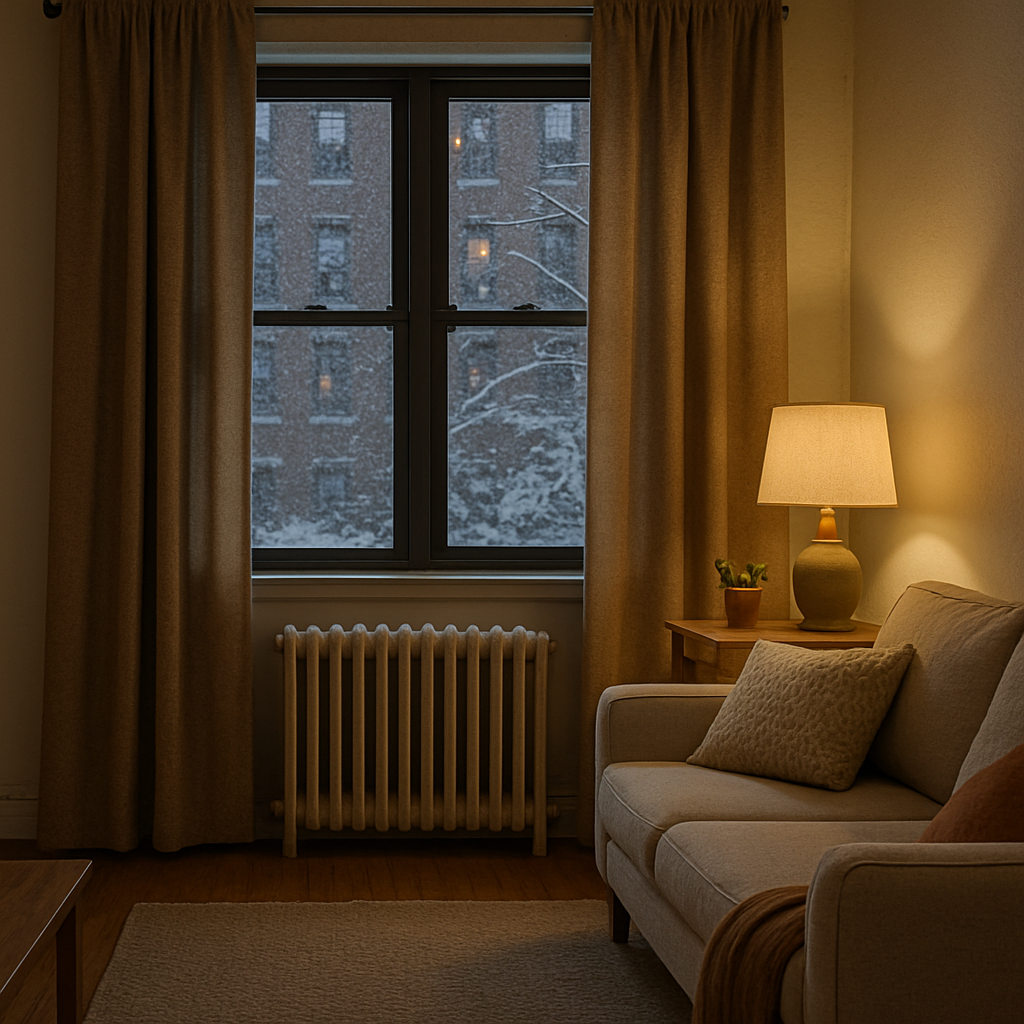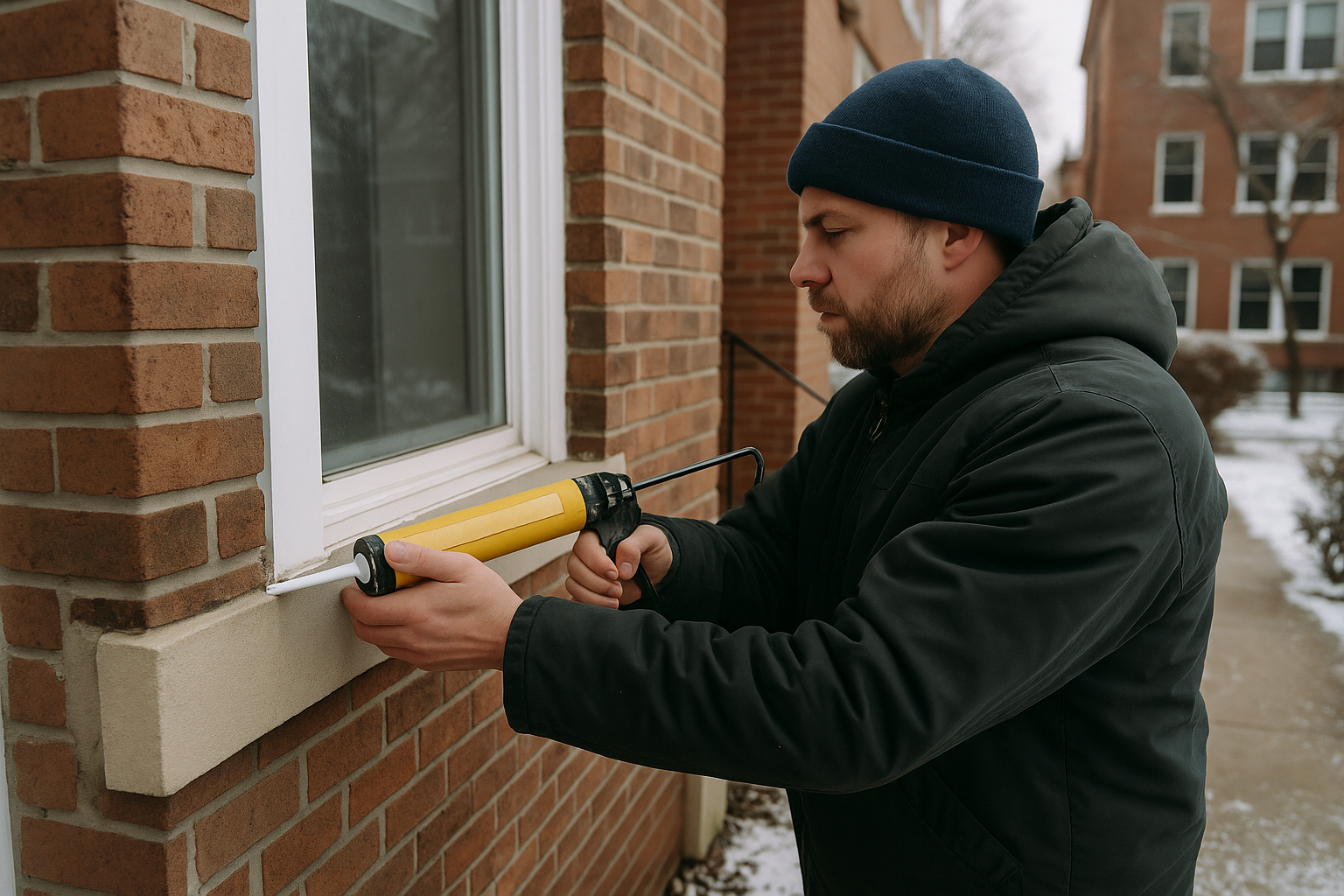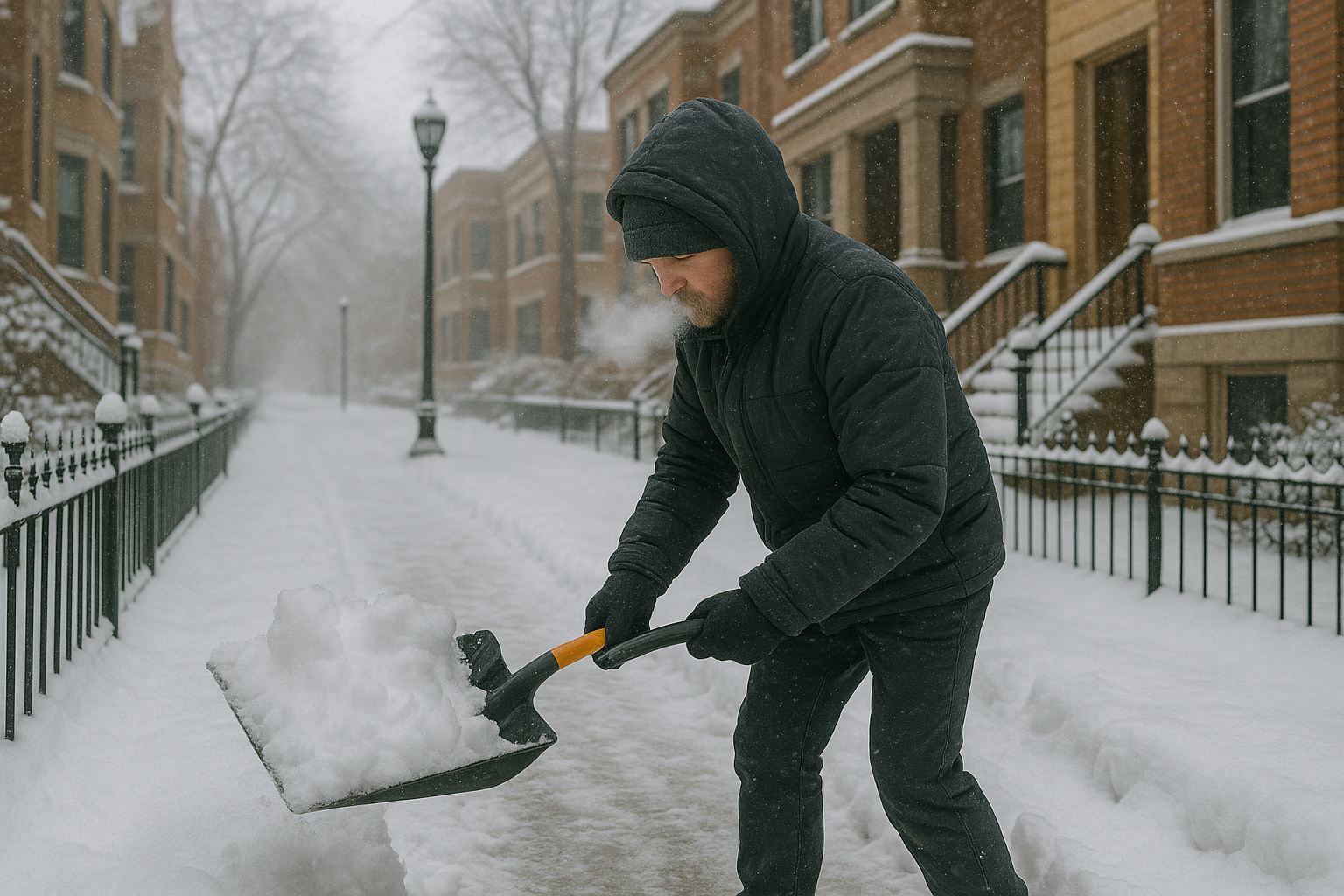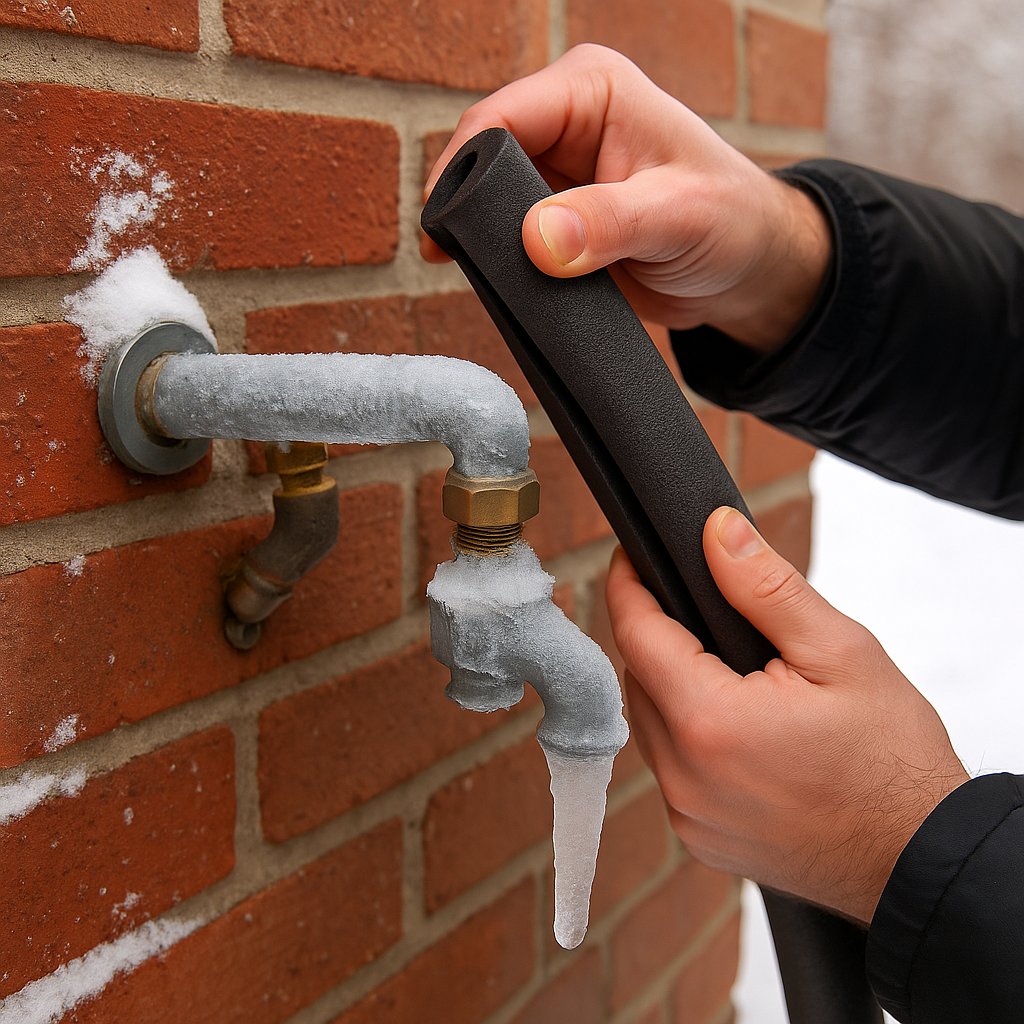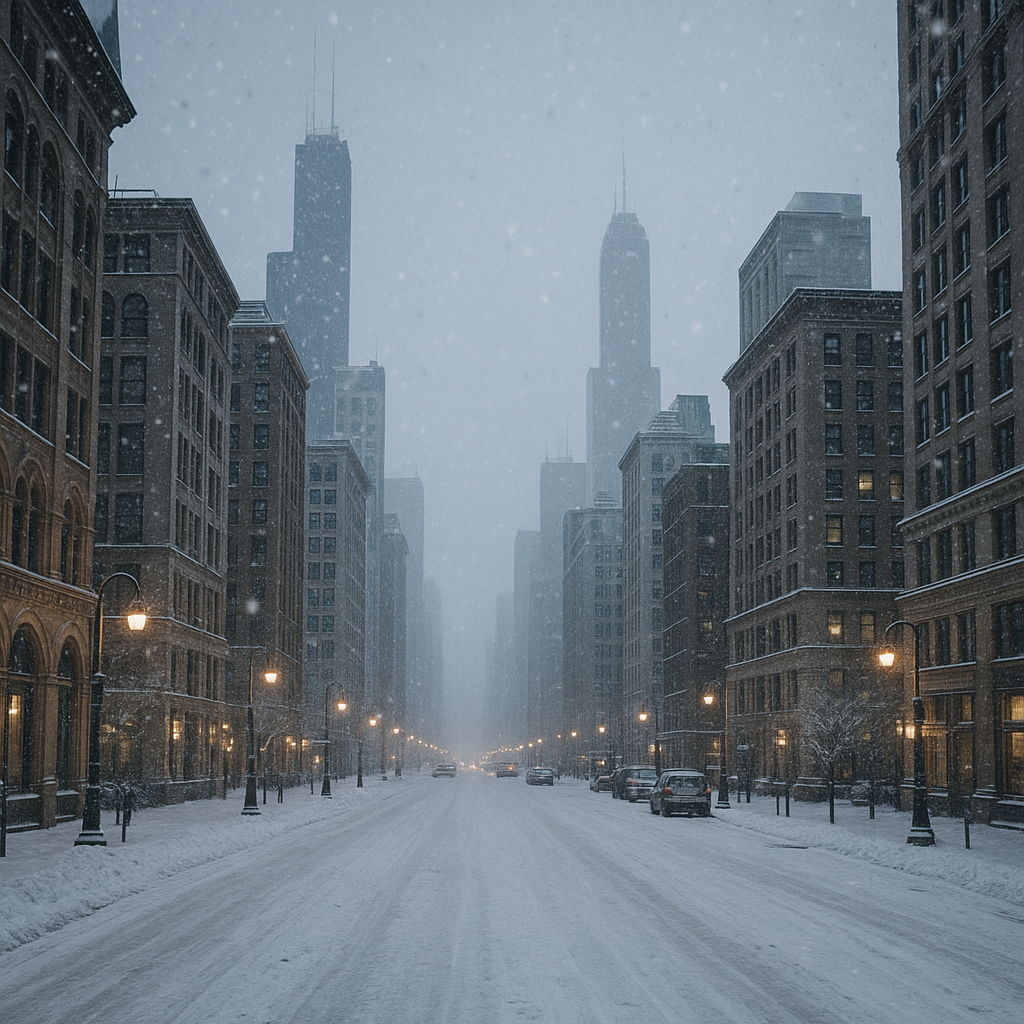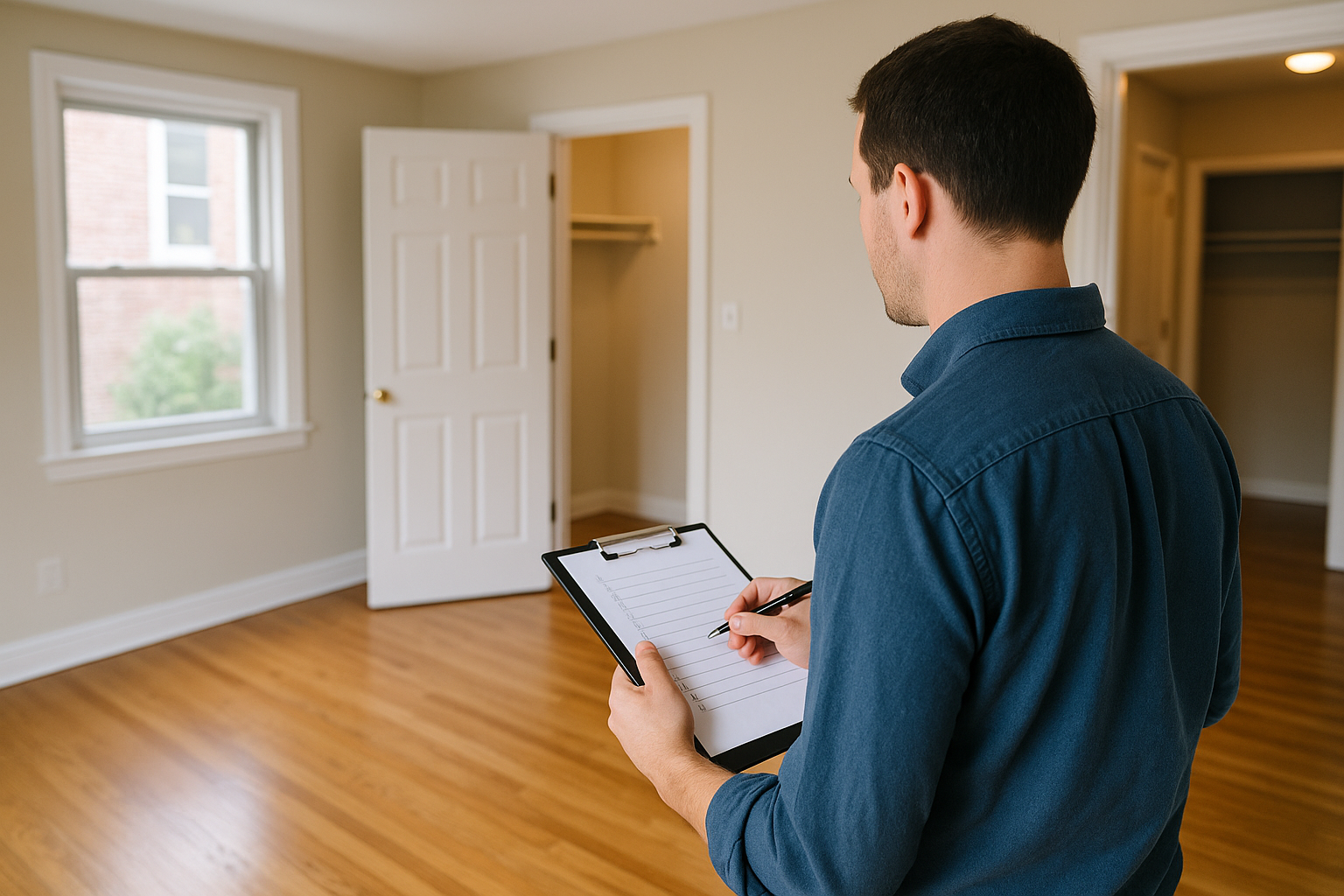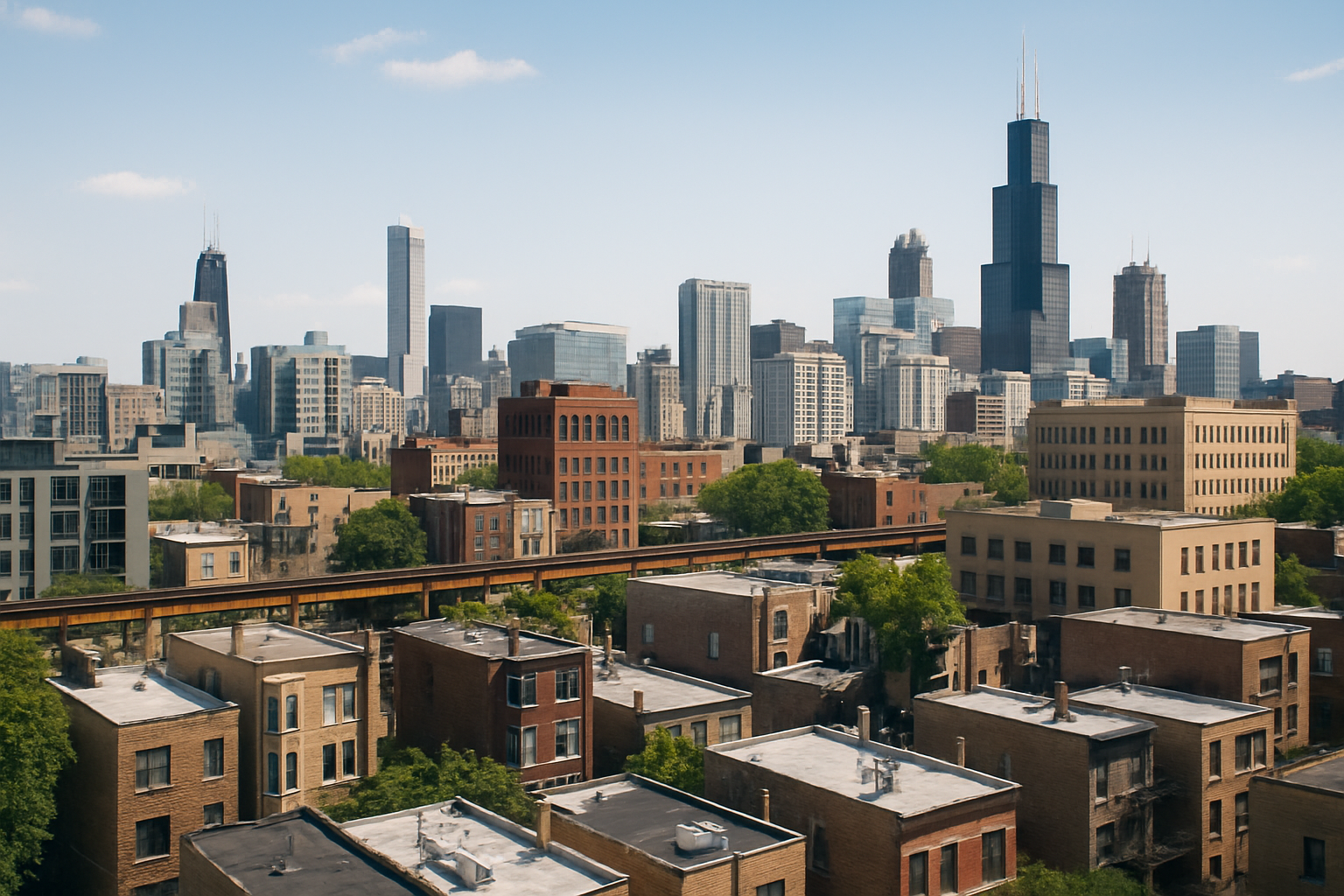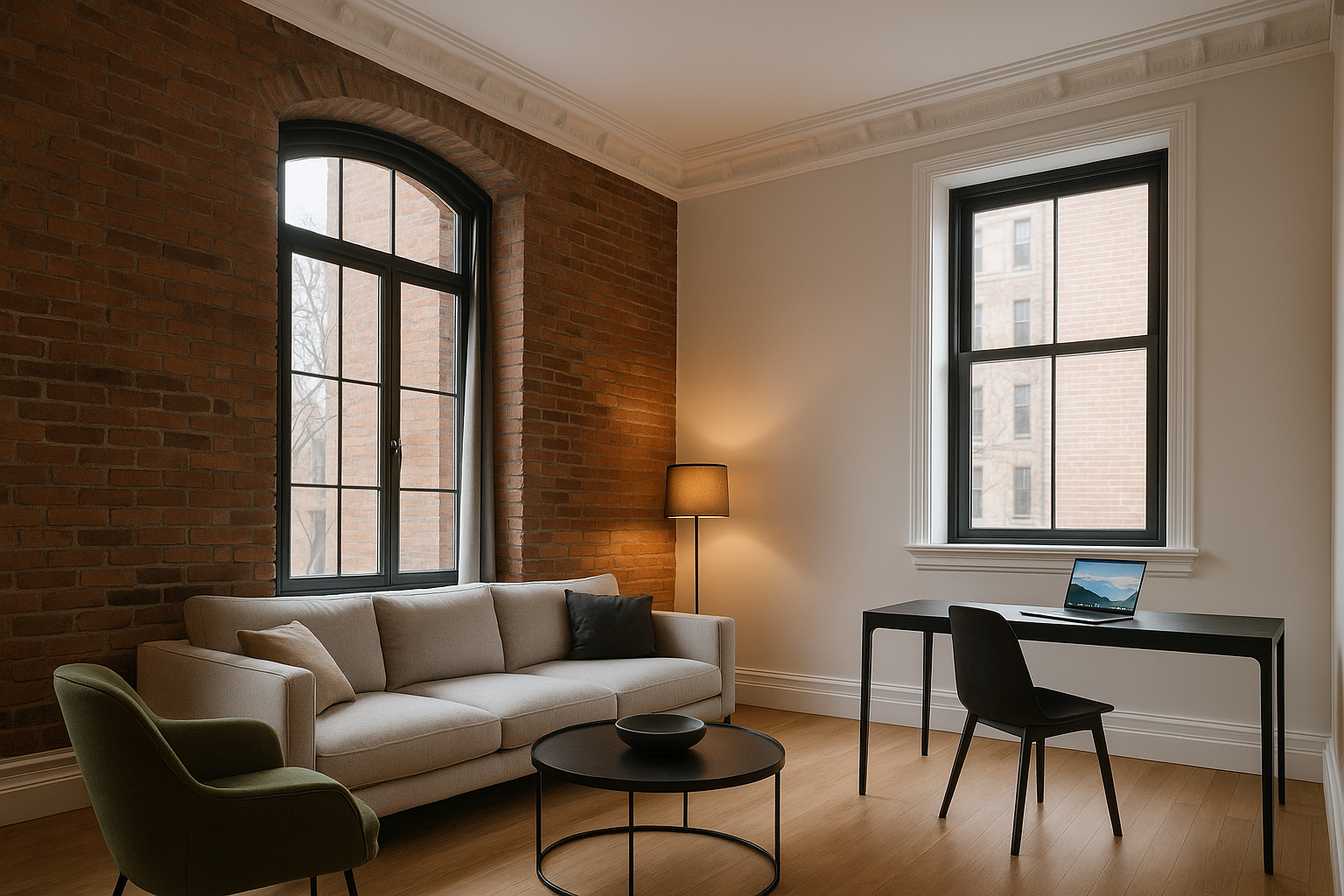The Pros and Cons of Investing in Vintage Chicago Buildings
Chicago’s architectural charm is one of its biggest draws — from classic greystones to pre-war apartment buildings and ornate walk-ups. These vintage properties don’t just add character to neighborhoods; they can also offer unique opportunities for real estate investors.
But like any investment, buying and managing a vintage Chicago building comes with both advantages and challenges. Below, we’ll explore the pros and cons of investing in vintage Chicago real estate, along with helpful resources to guide your decision.
✅ Pros of Investing in Vintage Chicago Buildings
1. Timeless Architecture and Curb Appeal
Vintage buildings in neighborhoods like Lincoln Park, Lakeview, and Bronzeville feature intricate masonry, hardwood details, and unique façades that modern developments often can’t replicate. This built-in charm can attract renters willing to pay a premium for character-rich spaces.
- 🏙 Explore Chicago’s architectural history (Chicago Architecture Center)
- 🏘 View current vintage property listings
2. Prime, Established Locations
Many vintage properties are located in well-established, high-demand neighborhoods, often close to transit, parks, and commercial districts. Unlike some new developments that rise in emerging areas, vintage buildings are usually in neighborhoods with a long history of strong rental markets.
For example, vintage courtyard buildings in Edgewater or Rogers Park often offer easy access to CTA lines, lakefront paths, and retail corridors.
3. Value-Add Potential
Many vintage buildings offer opportunities for upgrades that can significantly increase value — whether through modernizing interiors, improving energy efficiency, or restoring historical details. Savvy investors can buy a building with “good bones,” then enhance it through thoughtful renovations.
Adding features like in-unit laundry, updated kitchens, or refinished floors can justify higher rents while preserving the building’s charm.
❌ Cons of Investing in Vintage Chicago Buildings
1. Higher Maintenance and Repair Costs
With age comes wear. Vintage properties often require ongoing maintenance, from tuckpointing brickwork to replacing aging plumbing and electrical systems. Investors should budget for these expenses upfront to avoid unpleasant surprises.
Issues like outdated wiring, older HVAC systems, or lead-based paint (in buildings constructed before 1978) can lead to costly compliance work.
2. Energy Inefficiency
Older buildings often lack the insulation, windows, and systems that make modern buildings energy-efficient. This can lead to higher utility bills for tenants or owners, potentially affecting net operating income (NOI).
Upgrading insulation, windows, or heating systems can improve energy performance, but these retrofits require upfront capital.
3. Zoning and Compliance Challenges
Some vintage buildings fall under landmark status or are located in areas with specific zoning restrictions, limiting what you can alter or expand. While this preserves the neighborhood’s character, it can make renovations and conversions more complicated.
It’s essential to work with experts familiar with Chicago zoning codes to ensure your investment plans align with city regulations.
Final Thoughts
Investing in vintage Chicago buildings can be a rewarding strategy for investors seeking properties with long-term value, unique charm, and strong neighborhood fundamentals. However, success requires careful due diligence, realistic budgeting for repairs, and a clear understanding of local regulations.
By balancing the pros and cons, investors can uncover opportunities that newer buildings simply can’t match.
👉 Interested in vintage investment opportunities?
📞 Contact
NXT Realty’s team to get personalized guidance on Chicago’s vintage property market.



